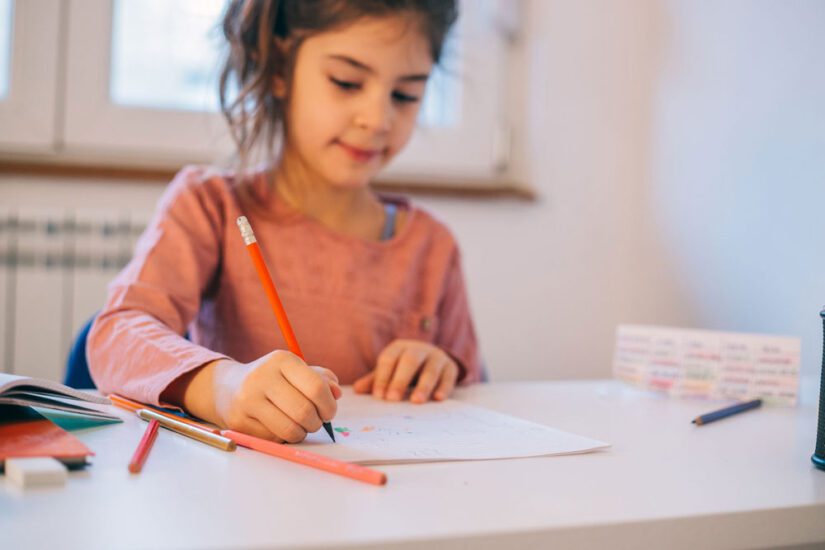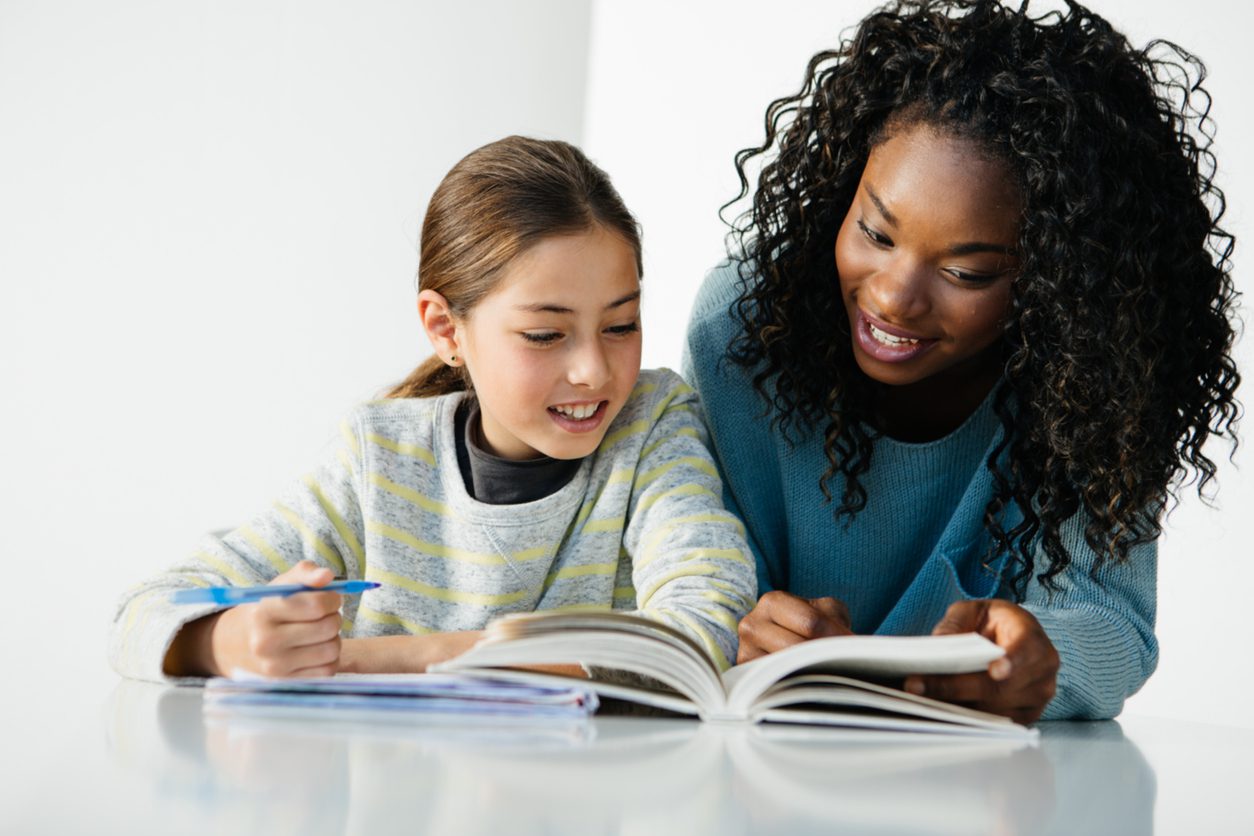When it comes to teaching students, it’s important to remember that every child is different in terms of how they best absorb new information. Learning styles are crucial to keep in mind – especially with math topics!
As we’ve discussed on previous blogs, there are three main learning styles that most students generally fall under: visual, auditory, and kinesthetic learners. Visual learners typically do well with information presented on a chalkboard (or nowadays, a screen) as seeing information explained to them comes naturally. For auditory learners, a concept might not make sense until it’s both explained vocally by the instructor and student questions are encouraged to follow. And for kinesthetic learners, hands-on demonstrations are often the most effective teaching method.
When it comes to math, everything is a bit trickier as the multi-step approach to these concepts often lends itself best to visual learning styles. Still, a tutor that is the right fit for a student will make a point to adjust the instructional method to the student’s learning style as best they can. With typical classroom instruction of math, the visual learning style is what students are most likely going to be exposed to, especially considering the current trend of virtual classrooms. For auditory and kinesthetic learners, this creates a potential problem. So for families interested in adding a tutor to their child’s academic routine, it’s a good idea to ensure the instructor is well-versed in your student’s optimal learning style.
Here’s a few examples of how mathematics is approached with different learning styles:
- Visual learners do well seeing mathematical operations performed in written form. Early math is very visual, and to this day students are taught to “strike out” digits when borrowing or “carrying over” in the place value system for simple arithmetic. For visual learners, seeing this demonstrated on a whiteboard often comes naturally.
- Auditory learners learn best when paired with a vocally descriptive instructor in addition to being given the opportunity to ask multiple clarifying questions after the explanation itself in order to better understand the concept.
- Kinesthetic learners tend to understand concepts best with physical demonstrations – blocks, “pizza slices” – these real life demonstrations often translate best to kinesthetic learners and help them understand the mathematical concepts being explained. Younger students in particular often benefit most from hands-on demonstrations when it comes to math concepts.



